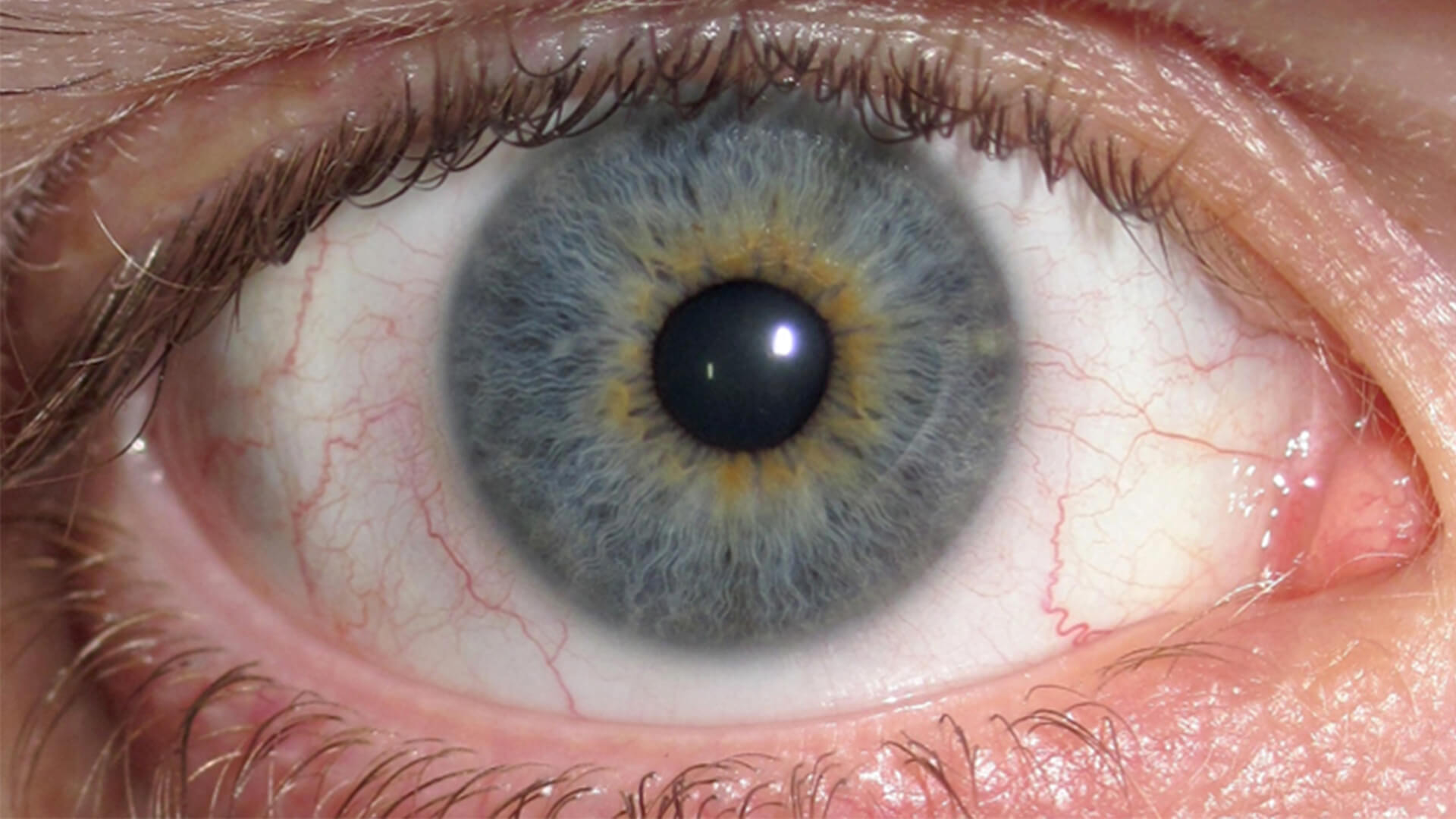Newcastle upon Tyne Hospitals NHS Foundation Trust first to provide breakthrough treatment for rare eye condition that can result in blindness.
Chiesi UK today announced that the first NHS funded patient with limbal stem cell deficiency (LSCD) caused by chemical eye burns has been treated with Chiesi’s stem-cell based therapy, the first advanced therapy medicinal product containing stem cells to be approved in the European Union (EU).(1) LSCD is a rare condition that can lead to blindness, and affects just 3.3 out of 100,000 people in the EU.(1)
Chiesi’s stem-cell based therapy is a type of advanced treatment called a ‘tissue engineered product’ which consists of cells taken from the patient’s healthy limbus (at the edge of the cornea) during a biopsy.(2) The cells obtained during the biopsy are then transported to the manufacturing facility at Holostem Terapie Avanzate in Italy, where they are prepared and grown in a unique culture to create a new layer of healthy tissue.(2) After at least 50 days, this layer of healthy tissue is delivered back to the treating hospital and implanted by a surgeon into the damaged eye helping it to heal and repair the damaged corneal surface.(2) In case of a partial bilateral problem, the healthy cells are taken from a spared portion of a patient’s less damaged eye.(2)
In 2017, the National Institute for Health and Care Excellence (NICE) recommended Holoclar as an option for adults with moderate-to-severe LSCD after eye burns, if it is only used to treat one eye and in those who have already had a conjunctival limbal autograft (or there is not enough tissue for a conjunctival limbal autograft or it is contraindicated).(3)
Professor Francisco Figueiredo, Consultant Ophthalmologist at the Newcastle upon Tyne Hospitals NHS Foundation Trust and Professor of Ophthalmology at Newcastle University who treated the first NHS funded patient following NICE approval, said, “In Newcastle we are a leading centre with an international reputation in autologous limbal stem cell transplantation, and our significant scientific research and clinical experience in limbal stem cell deficiency has led to us having proudly performed the first Holoclar treatment on an NHS patient. This operation was the first of a series that may benefit a number of blind patients over the next few years, not only from Newcastle but from across the whole of the UK, helping to restore their sight and comfort”.
Chiesi’s UK Managing Director, Tom Delahoyde commented, “We are delighted that the first patient outside of a clinical trial has received this innovative and breakthrough medicine. This first NHS treatment marks a major milestone for those people with LSCD due to physical or chemical burns and we look forward to many more eligible patients benefiting from such a ground-breaking therapy. Chiesi would like to thank NHS England and the approved Trusts for their support on setting up this new service in the NHS over the last two years and reaching this milestone today.”
LSCD is seriously debilitating condition affecting one or both eyes; left untreated it results in chronic pain, burning, photophobia, inflammation, corneal neovascularisation, stromal scarring and the reduction or complete loss of vision.(4),(5) Chemical and physical ocular burn injuries are thought to be the most common cause of LSCD.(6)
1) European Medicines Agency. First stem-cell therapy recommended for approval in EU; 19th December 2014 [Internet]. Available at www.ema.europa.eu/ema/index.jsp?curl=pages/news_and_events/news/2014/12/news_detail_002239.jsp&mid=WC0b01ac05 8004d5c1 (accessed October 2019)
2) European Medicines Agency. Holoclar Patient information guide. Available at: https://www.medicines.org.uk/emc/rmm/1026/Document (accessed October 2019)
3) NICE Final guidance. Holoclar for treating limbal stem cell deficiency after eye burns. 16th August 2017. [Internet] Available at www.nice.org.uk/guidance/ta467. (accessed October 2019)
4) Rama P, Bonini S, Lambiase A, Golisano O, Paterna P, De Luca M, et al. Autologous fibrin cultured limbal stem cells permanently restore the corneal surface of patients with total limbal stem cell deficiency. Transplantation. 2001;72(9):1478–85
5) Rama P, Matuska S, Paganoni G, Spinelli A, De Luca M, Pellegrini G. Limbal stem-cell therapy and long-term corneal regeneration. N Engl J Med. 2010;363(2):147–55
6) Baylis O, Figueiredo F, Henein C, Lako M, Ahmad S. 13 Years of cultured limbal epithelial cell therapy: A review of the outcomes. J Cell Biochem. 2011;112(4):993–1002
7) Macdonald EC a, Cauchi P a, Azuara-Blanco A, Foot B. Surveillance of severe chemical corneal injuries in the UK. Br J Ophthalmol. 2009;93(9):1177–80
8) European Medicines Agency. Assessment report. Holoclar. Available at: www.ema.europa.eu/en/documents/assessmentreport/holoclar-epar-public-assessment-report_en.pdf. (accessed October 2019).
9) EMC. Holoclar. Summary of Product Characteristics. [Internet]. Available at www.medicines.org.uk/emc/product/8033/smpc (accessed October 2019).



















